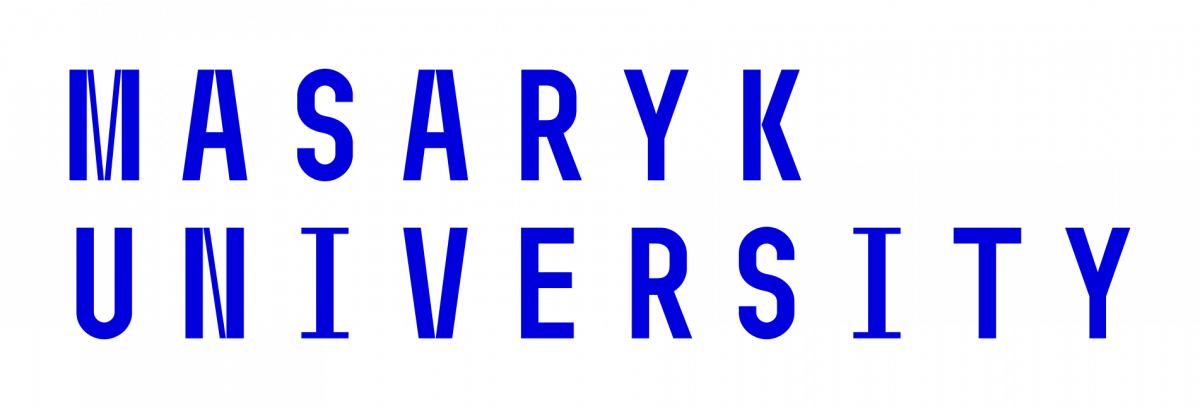Thanks to digital technology and the new possibilities offered by the web, a new category of comics is emerging, one that can only really exist on the internet. These are webcomics. Starting in 1998, Scott McCloud, who works in a variety of genres, has explored the creative possibilities offered by the web in theory and practice. Webcomics are also present in graphic journalism, with many examples on graphicjournalism.com and drawingthetimes.com, among others. Since 2006, North American digital comics have been moving from their original space, the web, to the mobile application market.
It is remarkable that the techno-cultural diversity of the comics medium, which exists in geographical and cultural versions that often vastly differ in terms of genres, markets, audiences, and graphic styles, is not lost in the case of digital comics. The history, distribution, mediatic arrangement, and environment of the North American webcomic, Korean webtoon, and Francophone bandedessinée numérique, as well as their uses, are significantly different to each other, but they are also characterized by a huge internal variety. It should be noted here that the term numérique, of Latin origin, cannot be fully equated with digital, which is also of Latin origin, or with the term web.
A webtoon, a word coined from “web” and “cartoon”, refers to a digital comic of South Korean origin, recognizable by its reading mode based on scrolling. Taking full advantage of scrolling and its potential, webtoons perfectly embody the principle of the “infinite canvas” described by Scott McCloud, namely the possibility of producing unlimited size strips, by relying on the infinite scrolling possibilities offered by the screen.









